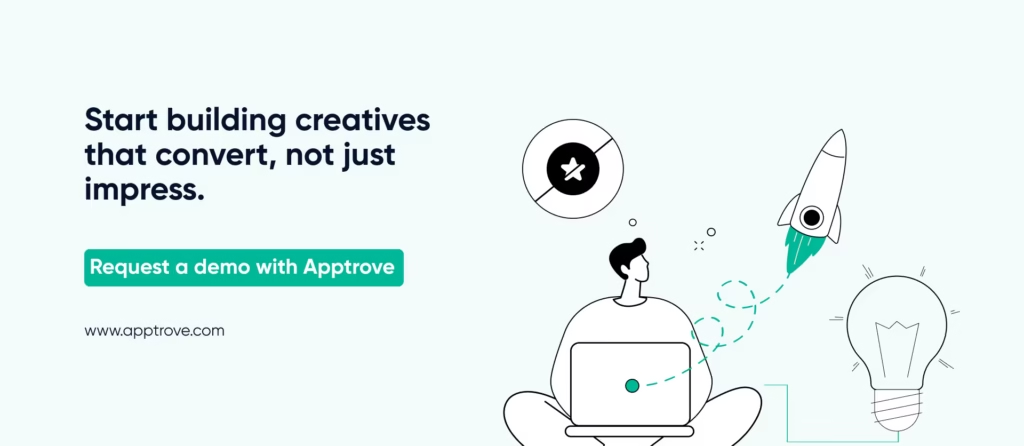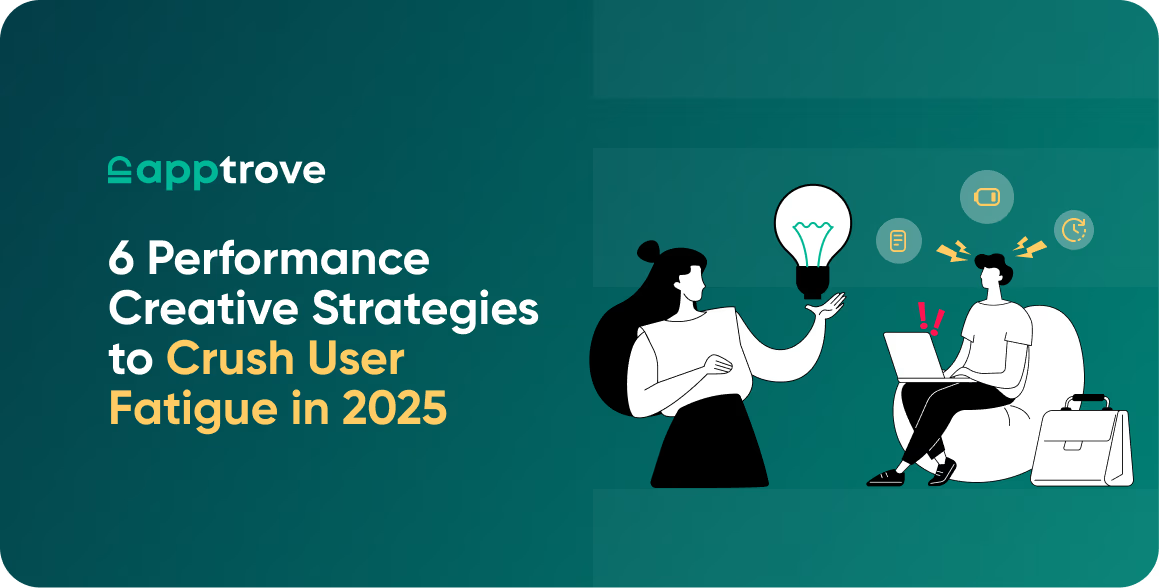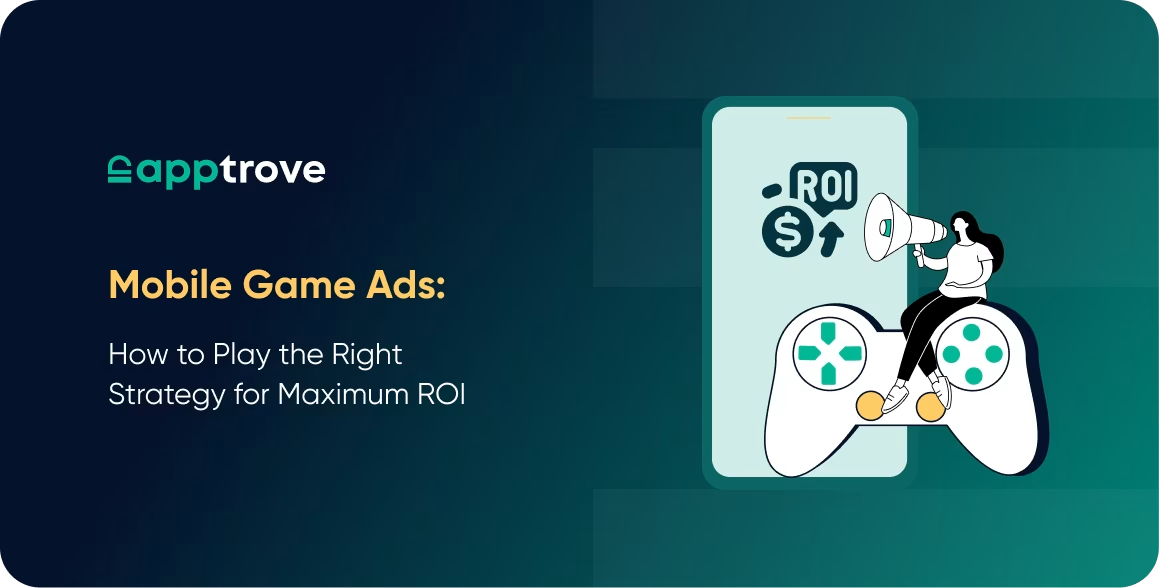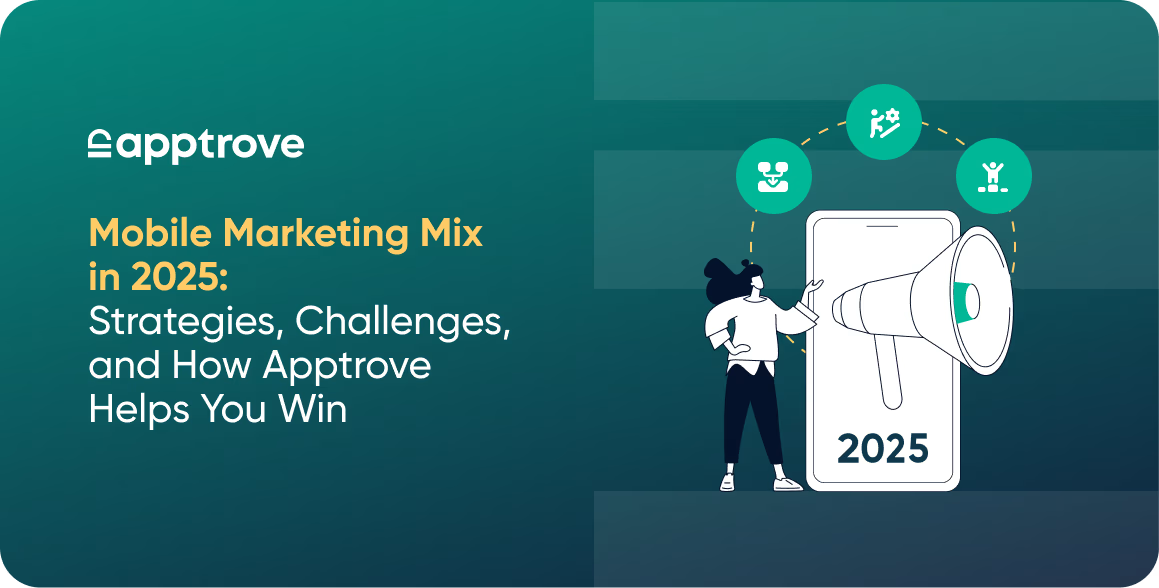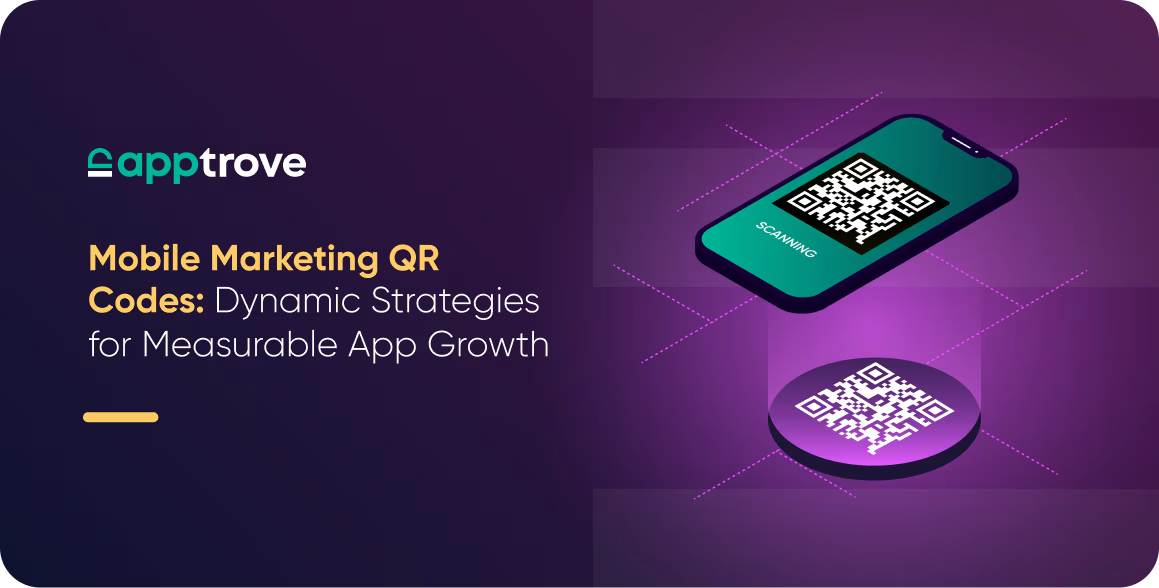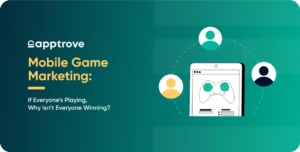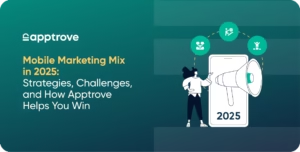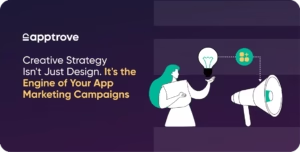In 2025, the landscape of mobile marketing is saturated, the consumer’s attention span is shorter, and you are spending thousands of dollars on ads that are most likely producing a terrible return. Why? Because they are fatigued. They’ve seen it all. And, if you don’t evolve your performance creative, your performance results will not improve either.
This is where a Mobile Measurement Partner (MMP) such as Apptrove becomes important. Apptrove deeply understands creative performance, user engagement, and performance KPI measurement. It aggregates all of the user’s marketing information, allowing app marketers to see what works and doesn’t and identify the fastest path to pivot. Apptrove isn’t just tracking the ad; it is telling you which creatives are driving installs, what is causing creative fatigue, and where you need to optimize to gain value when it comes to the ad creative.
Are you ready to win back your audience? These six well-tested performance creative concepts will help you do just that in 2025: scale smart and stand out.
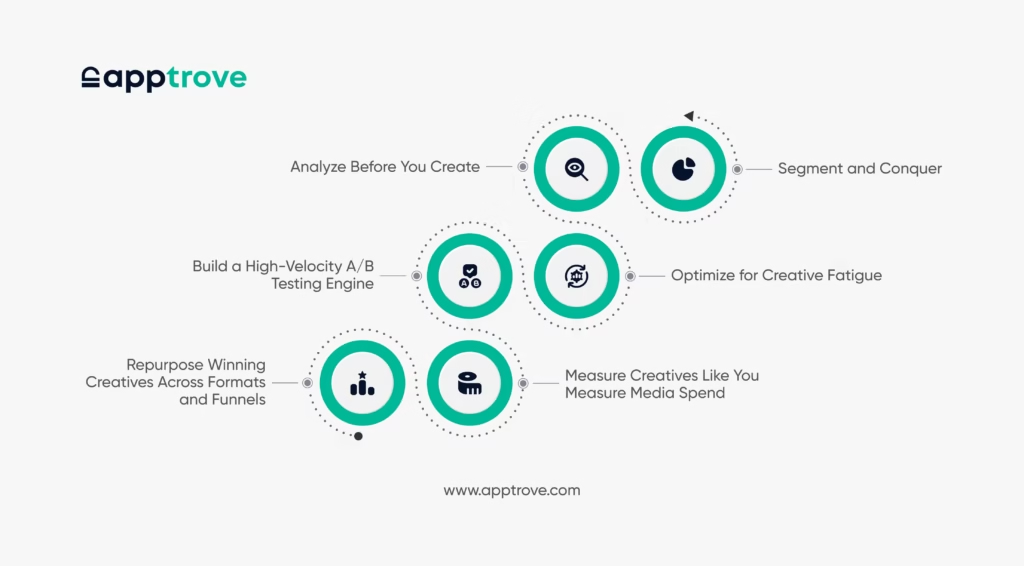
1. Analyze Before You Create: Let Creative Analytics Lead
Abandon the reliance upon the intuition or aesthetic prejudice in the production of advertising. Not everything that is good in appearance is good in performance.
Use creative analytics to audit past campaigns. Look at:
- Engagement rates
- Conversion drops
- Investment in creative investments
- Placement vs performance
Surprisingly, 56% of the ROI of a campaign is determined by the creative itself. Your media buying strategy cannot do that much. Identifying the winning design and elements with tools, such as Apptrove, allows avoiding repetition of exponentially performing designs and prioritizing designs with high performance.
Pro Tip: Track creative metrics like click-through rate, scroll depth, and dwell time, not just installs.
2. Segment and Conquer: Personalize Creative by Audience
Blanket campaigns are out of date. A one-size-fits-all approach only accelerates creative fatigue.
Publicize your audience by behavioral- and situation-based criteria instead:
- Repeat vs new customers
- Low engagement -high LTV users
- Area, language, type of device
- Time, or frequency of sessions
Then craft creative tailored to each segment. As an example, present the discount-oriented creative to the users who are dormant and the feature-oriented creative to the engaged ones. An MMP like Apptrove can help you segment audiences dynamically and deliver creatives accordingly, maximizing user engagement and minimizing wastage.
3. Build a High-Velocity A/B Testing Engine
What is doing well in the first quarter might in the third quarter turn out to be a failure. Trends shift. Your creatives should too. The solution? A/B testing on autopilot. Try out store headlines, colours, Call to Action buttons, character effects, format and propositions of value. However, there is a catch to it, do not do endless testing. Learn rapidly.
An MMP should be used to associate all the variations with the performance ratings. This helps identify which combinations are driving ROI from creative and which ones are causing creative fatigue.
Major testing best practices:
- Conduct tests within a period of at least 7 days
- Split out one variable by placing it at a time under test
- Statistically significant data has to be used
- Focus on KPI measurement like CTR, install rate, and retention
With Apptrove, you can graph these outcomes even across cohorts of users and you are not only guessing you are growing.
4. Optimize for Creative Fatigue: Refresh Like Clockwork
Here is a tough truth to face: there is an end date for your best creative.
Ad fatigue can onset as fast as 7-10 days for high frequency users. The more times users are exposed to the same creative, the less likely they are to act.
Tips for creative optimization are:
- Rotate creatives weekly or biweekly
- Design modularly (change text, visuals, or background, independently)
- Change creatives to use current events or seasonal themes
- Use declines in creative performance to trigger automatic creative pauses
You MMP will indicate when metrics like CTR or installs take a tumble. Generally, that indicates creative fatigue starting to creep in.
5. Repurpose Winning Creatives Across Formats and Funnels
Maximizing ROI from your creative doesn’t always mean starting from scratch. Sometimes, the smartest move is to get more mileage out of what’s already working.
Take a top-performing video ad and make it work harder for you:
- Trim it down for Instagram Reels
- Turn it into a Facebook carousel
- Repurpose it as an onboarding screen for your app
- Use the core message in your push notifications
This way, you’re multiplying the impact of a single creative without multiplying your costs.
Even better, tailor different versions to match where your audience is in the funnel:
- Awareness: Eye-catching visuals and strong brand hooks
- Consideration: Product demos, testimonials, and real user stories
- Conversion: Time-sensitive offers and clear value
Then, layer in creative analytics to understand what’s actually driving engagement at each stage. It’s not about doing more, it’s about doing what works, smarter.
6. Measure Creatives Like You Measure Media Spend
Here’s the gap in most marketing teams: They track impressions and clicks but rarely link performance creative to downstream metrics. To fix that, align creative reporting with KPI measurement systems. This implies that it is necessary to get beyond vanity metrics and know:
- LTV influence by creativity
- Memory following exposure to advertisement
- Creative revenue per
- Post-install engagement
Apptrove dashboard allows you to measure creative-level impact on your business, be it drop-offs during the onboarding process or purchase triggers 3 days after the click. This unlocks a new mindset: treat your creative optimization like performance engineering, not production.
What Happens If You Ignore This in 2025?
Here’s what you risk when you disregard performance creative in 2025: stagnant growth, rising costs, and users who paid you no mind at all. As advertisers, we’re all fighting for public attention in the same ad space. If you keep using the same creatives without optimization, users will suffer from creative fatigue quickly. When this happens, engagement with your ad drops. Users glance at your app install ad and click ignore instead of install after seeing what might have once been a top-performing ad in terms of volume but is now burning through your budget daily.
To complicate matters, you’re not going to know why things started going wrong. In the absence of creative analytics or a framework for versioning and A/B testing, you’re going to have no insights. You will have no ability to optimize. No alternative but to stew in frustration while your competition moves ahead. You know they are tracking creative metrics daily, running A/B tests weekly, and gathering insights to inform real-time decisions on creative. They are testing new ad formats, refreshing content after a reasonable length of time, and changing ad copy messaging to fit their audience, all while driving down costs and increasing ROI from creative. By continuing on this path of set-it-and-forget-it creative, you don’t just miss the boat, you completely disappear from the conversation.
Conclusion
The future of mobile expansion in 2025 is performance creative not optional. It affects all the aspects that matter ROI, user engagement, creative burnout, and even long-lasting retention. The age of gut feelings is passed. The key today is to be a marketer who loves data that is to test, measure, and repeat on purpose. Apptrove provides complete and clear visibility of creative optimization: what is working, what is not and what to branch out into.
Whether it is A/B testing, funnel mapping, and measuring KPI, apptrove allows you to start working on your creative as a growth asset and not as a cost of production. You will just know when a creative is losing its juice, which one is performing the best and how to multiply it across the channels without undermining the power. It is time to get rid of creative fatigue and improve the creative at each step of your funnel?
